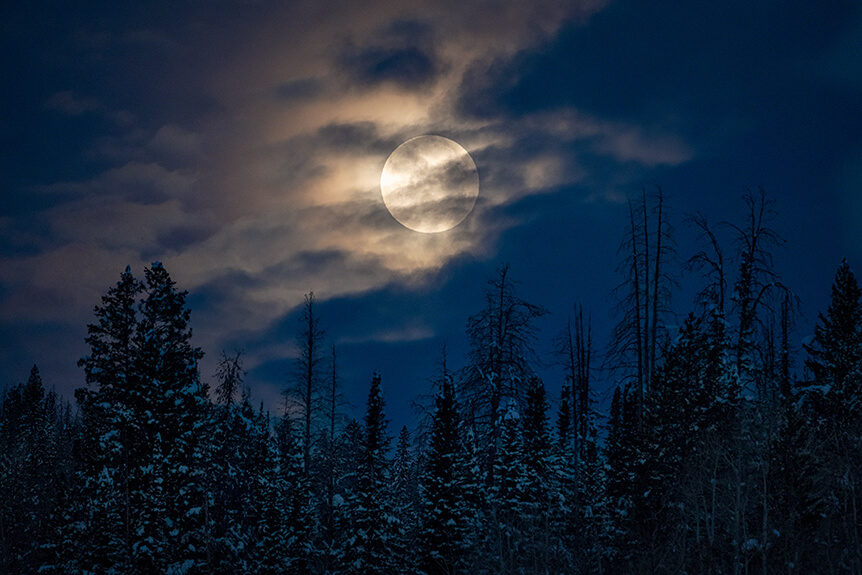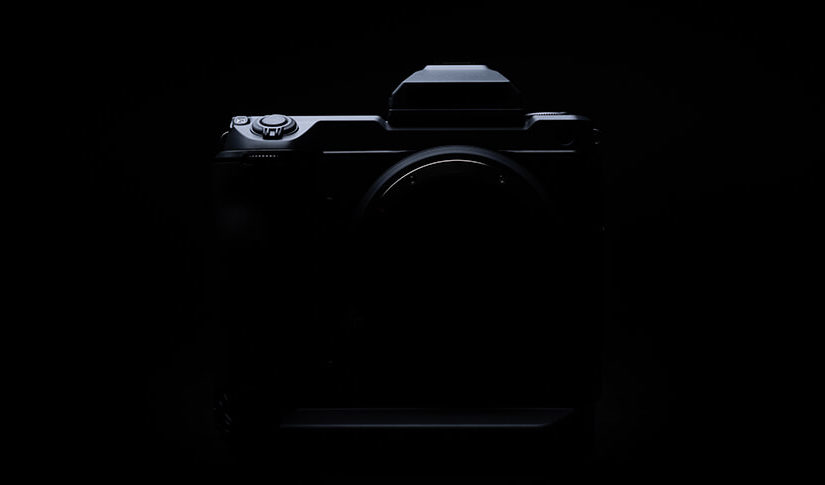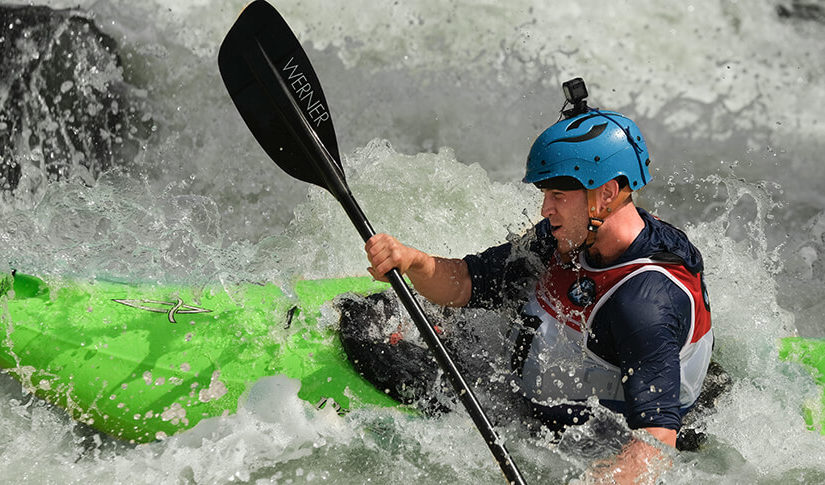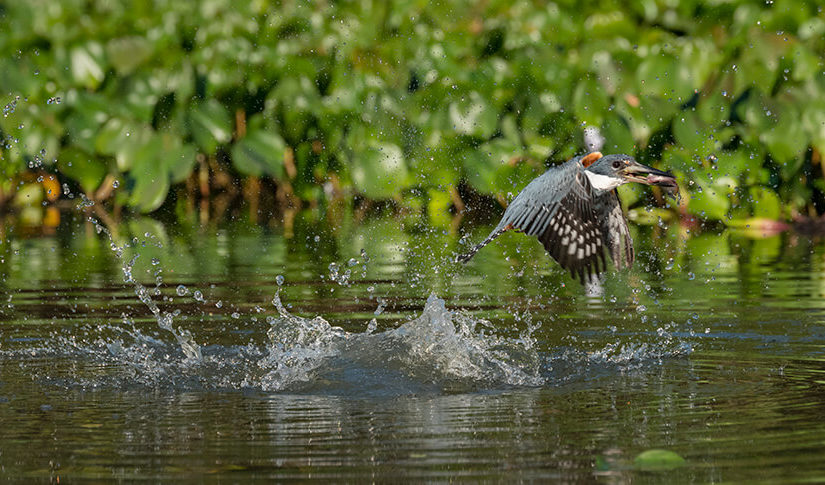
 4 minute read
4 minute read
Why it Pays to Look Closer When Finding a Story
When telling any story, considering the broader picture is essential, however, it’s often the finer details that hold the most compelling narrative.
This technique of scratching beneath the surface to find a story is widely used to great effect. For example, on the grandest possible scale, let’s say you wanted to tell a story that focused on the global environment and the subject of climate change. The enormity of the issue can be its own worst enemy in that quoting worldwide figures and speaking of faraway places, exotic cultures or unfamiliar wildlife is so far removed from the average person’s life that it becomes unrelatable and easy to ignore.
If, however, you focus in on the details and tell the story of how this global crisis is filtering through to affect the lives of everyday people, it can have an enormous impact because it becomes personal. For example, focusing on increased food prices due to certain crops becoming more difficult to grow in warmer temperatures may have more impact locally.
This concept works on stories of all sizes and gravity. By looking closer you can convey stronger intimacy, and this brings with it a certain individuality, personality and character. It could trigger joy, or discomfort, or anything else in between. Whatever the reaction, it makes your story much harder to ignore.
A great way to find this focus when telling visual stories is by using different lenses to physically look closer. Here, we explore two different ways you can do this: by using telephoto lenses to find unique scenes within wider landscapes, and using macro lenses to discover a whole new world right under your nose.

Photo © Bryan Minear
Telephoto Landscapes
There’s no doubt that a sprawling panorama framed with a wide-angle lens such as FUJINON XF16mmF2.8 R WR or XF10-24mmF4 R OIS WR is an awesome sight to behold, but while beautiful, it can be a lot to take in. With this in mind it can be extremely effective to use a telephoto lens such as XF90mmF2 R LM WR, XF55-200mmF3.5-4.8 R LM OIS or XF70-300mmF4-5.6 R LM OIS WR to pick out a certain part of the landscape, and in doing so, eliminate distractions to better tell a specific story.
For example, you may be admiring a beautiful, lush valley in the soft morning light and really want to make your viewer imagine what it is like to be there. In this case, why not use a telephoto lens to help frame a farmhouse perched on the side of the hill, overlooking the pastures that fall away below it. This can help the viewers to picture themselves living in such an area, creating an infinitely more powerful image.
Alternatively, you may be photographing the unforgiving landscape of the northern wilderness and really want to portray exactly how tough the conditions are. In this case it could be effective to use a telephoto lens to incorporate the rough textures on a mountainside, or the sharp, snow-covered branches of a pine forest as a visualisation of the harsh environment.

Photo © Karen Hutton
Not only can using telephoto lenses in your landscape photography help find unique stories to tell, but it can also create unique visual results. The large focal length of a telephoto lens visually compresses the distance between the foreground and the background of an image. This creates a completely different perspective to that of a wide-angle lens and means that objects in the background appear much larger. This could be the sun on the horizon, a faraway mountain range, or a landmark on a city skyline, for example.
Macro Discovery
Another great way to look closer is by using a macro lens. With their ability to focus so close to a subject, macro lenses such as XF60mmF2.4 R Macro and XF80mmF2.8 R LM OIS WR Macro can pick out details that would otherwise be missed with the naked eye. This allows us to explore a whole new world within the scenes we take for granted.
Let’s say you wanted to document the progress of your back yard during the course of the year. Maybe you’ve planted some flowers and want a record of the entire growing process from seedlings to spectacular blooms. Sure, you should make wider photos every few days to show the growth, but in addition why not use a macro lens to get closer and tell the story of the bugs in the ground that help to create the compost and aerate the soil, or the insects that help to pollenate plants in the natural world?

Photo © Karen Hutton
Alternatively, you may want to tell the story of urban life. In addition to some great street photography images, you could use a macro lens to focus on the tiny details we take for granted every day that have a huge impact on our daily lives. This could be the unique textures on a beautifully worn hand rail, scratches on the well-used coin slot of a subway ticket machine, or a finger pushing the button on a pedestrian crossing.
Exploring this macro world adds interest to your story and shines a light on the beauty of something we all see every day, but might not actually notice.
Macro lenses can also be used to great visual effect. The closer you get to your subject, the shallower the depth of field in the image and this helps you to isolate your subject within the frame, giving you absolute control over where you want your viewer’s eye to fall.
Finding Your Focus
Perhaps the hardest part of this technique is recognising the story in the first place, but that all comes with practice. Challenge yourself to find the deeper story in the things you do and the images you make, and before you know it, it will become second nature.
Once you have ‘trained’ your eye to find the extraordinary in the everyday, you’ll have an endless supply of inspiration which will add a whole new dimension to your storytelling.
Compare all the lenses featured in this article below or explore the full FUJINON XF lens lineup here.
Compare the Lenses

XF8-16mmF2.8 R LM WR

XF10-24mmF4 R OIS WR

XF90mmF2 R LM WR

XF55-200mmF3.5-4.8 R LM OIS

XF70-300mmF4-5.6 R LM OIS WR


























































